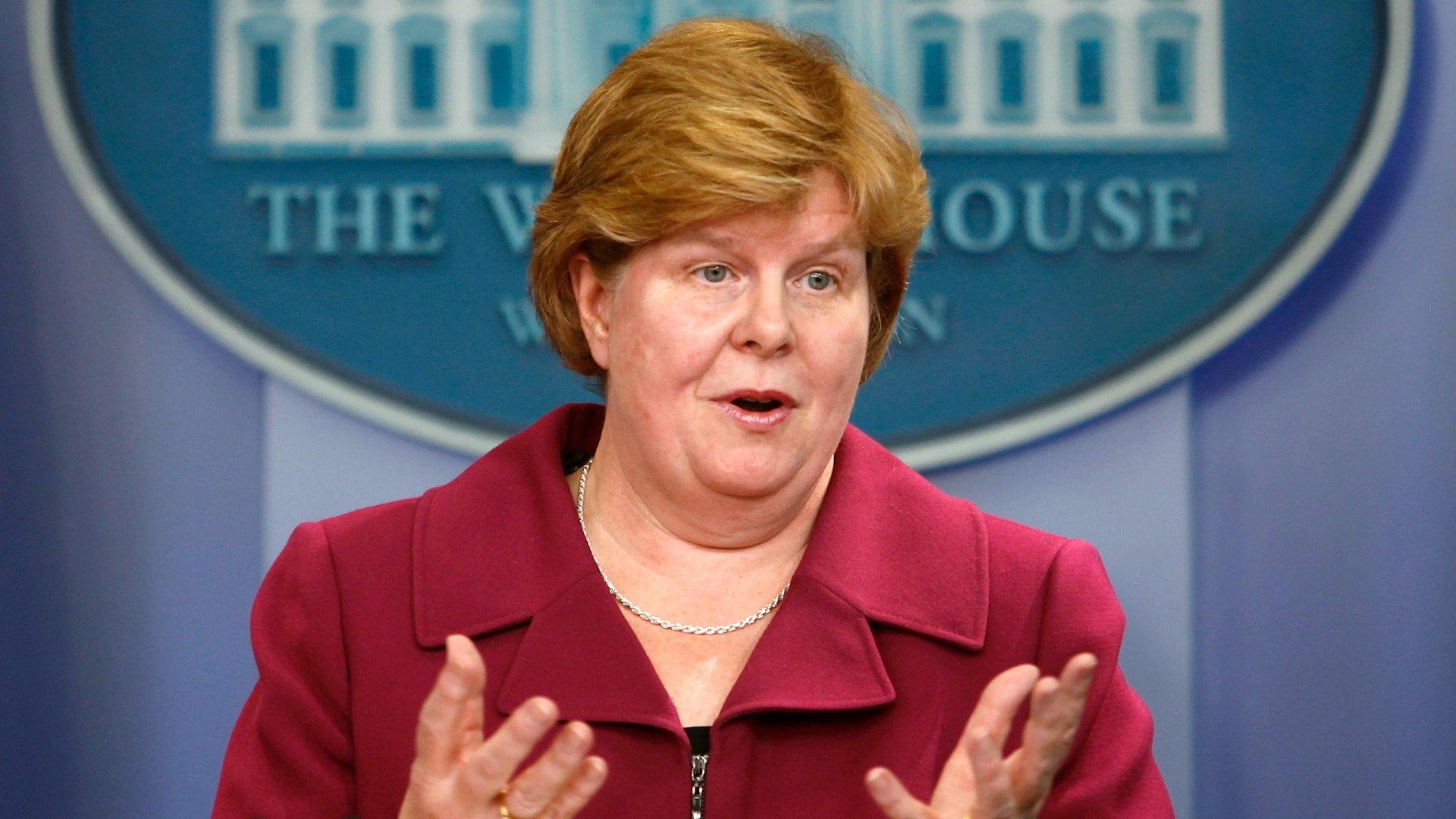Why Christina Romer should be the next Fed chair
Congratulations—we did learn a few things from the 1930s! Just not enough things. As you can see in the chart below from Justin Fox, job losses during the Great Depression dwarfed those during our Great Recession, but job gains have been much slower this time around.


Congratulations—we did learn a few things from the 1930s! Just not enough things. As you can see in the chart below from Justin Fox, job losses during the Great Depression dwarfed those during our Great Recession, but job gains have been much slower this time around.

Our weak recovery has put us halfway to a lost decade—and if it continues, our slump could, as Brad DeLong points out, end up being as costly as the 1930s slump. Now, this wasn’t supposed to happen. We, or at least Ben Bernanke, were supposed to have studied and learned from history. And we did. Bernanke has been determined not to let the banks fail or prices fall like the Fed did in the 1930s. Back then, the still-new Fed watched as bank runs turned a recession into a depression—and then into a depression that snatched the “Great” modifier from the 1890s depression. As Irving Fisher explained, debt and deflation fed on themselves in a cycle of mass bankruptcy and unemployment: Financial panic pushed down prices, which pushed down wages, which made it harder to pay back debts, which led to more defaults, which led to even more panic, and so on, and so on.
But this time around the government stopped the vicious circle. First, Congress bailed out the banks. Then it put money in people’s pockets with the stimulus. And, meanwhile, the Fed threw money at the economy every way it could: it lent against almost any collateral, cut interest rates to zero (and then promised to keep them there), and bought long-term bonds. This collective wall of money has been enough to prevent a 1930s-style collapse, but not jumpstart much of a recovery. Just look at how flat the blue line has been above.
So why haven’t we had a V-shaped recovery like in 1933? Back then, Franklin Roosevelt turned the economy around and fast. Now, some policy mistakes eventually slowed down this turn-around—and in 1937, actually pushed the economy back into recession—but the first few years of the recovery were rapid; far more so than anything we’ve seen the past few years. It was all about a “regime shift“. That’s what former Council of Economic Advisers chief and University of California-Berkeley professor Christina Romer says central banks need to do when things get really bad: they need to make an “aggressive change” that “makes people wake up” and realize “this is a new day.”
Of course, back in 1933, it wasn’t the Fed that made people realize it was a new day; it was FDR. He devalued the dollar against gold, and, as Mike Konczal points out, announced a very explicit price-level target of restoring pre-crash commodity prices. The result was an almost immediate, and violent, recovery.
The Fed hasn’t really tried a regime shift this time. Instead, it’s been a series of what Romer calls “incremental changes.” First, it was QE1 to prevent the end of the financial world as we knew it; then it was QE2 to prevent deflation; then it was Operation Twist to push down longer-term interest rates; then it was QE3 to push down unemployment faster. Now, QE3, with its open-ended bond-buying, is the closest the Fed has come to shifting regimes, but it’s only been a half-step. A real regime shift would mean targeting higher inflation or nominal GDP—but the Fed hasn’t increased its inflation projections above 2 percenteven with QE3. That’s not a new day. That’s pretty much the same-old day, just with bond-buying.
But it’s not easy to start a new day. The Fed can’t just say it’s a new day. The Fed has to show it’s a new day—and keep showing it. In other words, it can’t look back on the monetary world that was. Now, the Fed has had its own Orpheus-moment recently with its tapering talk. It’s reversed even its QE3 half-step by saying it thinks it will reduce its monthly bond purchases soon. As Paul Krugman points out, it’s not about the economic consequences of the taper. It’s about the reputational consequences. It shows the Fed is still a conventional central bank looking for any excuse to stop its bond-buying even though the fundamentals don’t justify it. That’s why markets have pushed up interest rates despite the Fed saying it won’t do so. If the Fed will taper when the data says it shouldn’t, why wouldn’t it raise rates when it said it wouldn’t?
The only way the Fed will give us a new day is with new thinking. Fed number two Janet Yellen is the odds-on favorite to replace Bernanke, and would be a very good choice, but Christina Romer would be a better one. Now, Yellen has been quietly pushing the Fed to evolve towards a quasi-NGDP target, but doing so quietly half-defeats the point. Romer understands you have to scream it—and back it up—to get people’s attention. And you have to keep screaming it—and keep backing it up—until it’s just background noise.
Extremism in pursuit of recovery is no vice. It’s necessary.
This originally appeared at The Atlantic. More from our sister site:
How not to help the poor: the lesson of soaring college prices